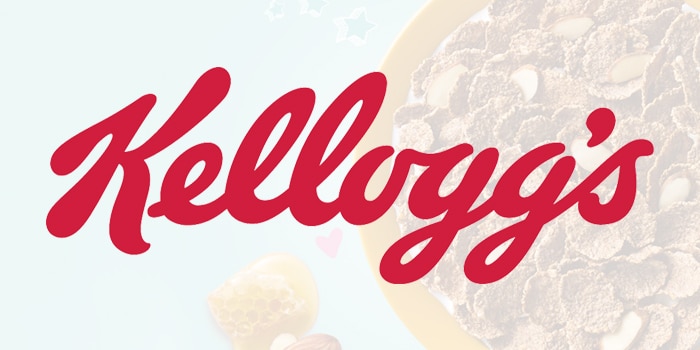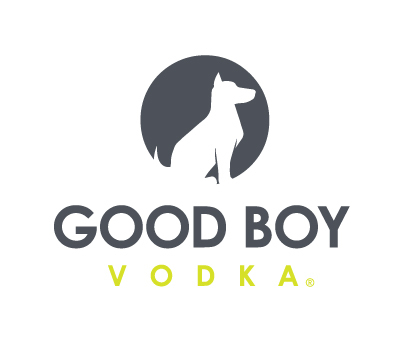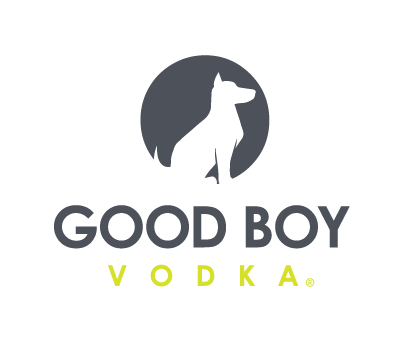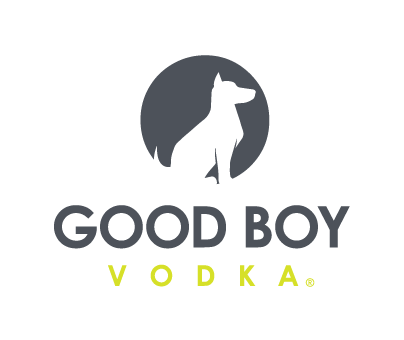Kellogg’s: Despite Challenging Year, Company Meets Sales Guidance

After an admittedly difficult year, Kellogg Company met much of its 2021 guidance, reporting net sales growth of 4% in its Q4 2021 and full year earnings report today, but faced a 2% decline in operating profit.
The earnings come as Kellogg’s has faced a myriad of headwinds, ranging from the inflation and supply chain issues that have affected the entire food and beverage industry, to a fire at one of its U.S. cereal plants, to a months-long labor strike across all four of the company’s U.S. production facilities.
“I think we can all agree that 2021 was yet another unprecedented year,” CEO Steve Cahillane told investors and analysts on a call today. “In addition to lapping an unusually strong 2020, we managed through an operating environment that was more challenging than any other that we can remember. The pandemic persisted, requiring a sustained focus on employee safety, giving back to our communities and working differently. Bottlenecks and shortages on everything from labor to materials to freight impeded supply across the global economy and created incremental costs and inefficiencies that were difficult to plan for.”
However, although strong headwinds had an impact on the results, the company beat some analyst expectations and met or exceeded its full year guidance.
Here are the top-line highlights:
- Organic net sales for 2021 were up 4%, beating guidance of 2-3% growth. Net sales are up 5% on a two-year CAGR. Net sales for Q4 rose 5% year-over-year.
- Operating profit was down by 2%, which Chief Financial Officer & SVP Amit Banati noted was achieved in spite of headwinds from the Q4 labor strike, which led to a reported 15% decline in the quarter. On a two-year basis, operating profits are up 4%.
- Earnings per share rose on the lower end of guidance by 1%, impacted by a 4% decline in Q4. On a two-year basis EPS is up 5%.
- The company reported cash flow of $1.1 billion, down from $1.4 billion in 2020 but favorable from cash flow of $590 million in 2019.
Labor Strike, Supply Impacts Expected to Resonate in Q1
After an 11-week work stoppage beginning October 5, Kellogg’s and the union representing workers at its four U.S. cereal plants ratified a new five-year contract for roughly 1,400 employees in Michigan, Nebraska, Pennsylvania and Tennessee. The contract ensured no plant closings through October 2026, a path to regular full-time employment for part time workers and “a significant increase in the pension multiplier.”
However, the impacts of the strike on the company were significant, as evidenced by the reported 15% decline and an 11% currency-neutral drop in operating profit for the quarter. A fire at the Tennessee plant in July had already left the company with an inventory shortage, which was exacerbated by the longer-than-expected strike and the “industry-wide bottlenecks” of the supply chain, Banati said.
“Strikes are painful for everyone, and not only did this strike affect our employees’ lives, it also had a near-term financial impact on the company,” Cahillane said during the call. “It negatively impacted sales and profit in the fourth quarter of 2021, and it will have carryover cost impact in quarter one 2022. It will also have sales impacts through the second quarter as we continue to rebuild inventories.”
Cahillane, however, praised the “extraordinary efforts” and “volunteerism” of its employees in helping Kellogg’s to mitigate the profit impact of higher costs and labor challenges faced in the quarter.
Snacks Drive Growth, Cereal Drops
In North America, organic net sales for snacks was up 7% year-over-year and 5% on a two-year CAGR basis. In addition to legacy brands like Pringles and Cheez-It driving share gains, newer innovations such as Snap’d and Caddies are helping drive sales as well, Cahillane said.
Frozen foods, however, fell 2% in the full year, while growing 3% on a two-year CAGR basis, with Cahillane noting that category was faced with lapping high single-digit growth in 2020, but said the company’s frozen brands maintain strong momentum heading into 2022.
Most impacted, however, was cereal, which fell 14% year-over-year and declined 4% on a two-year CAGR basis. Cahillane noted the category faced the “most challenging of supply conditions” and that previously planned capacity expansions had been delayed due to the pandemic.
“The result of not being able to ship enough product and the related reduction in commercial support for these products was a sharp year-on-year decline in net sales,” he said. “This was mostly in the second half. In fact, through the first half, our two-year CAGR for this business was roughly flat. Unfortunately, this has resulted in low inventories and even out of stocks in stores for many of our brands.”
As a result, Cahillane said the company pulled back on commercial activity for cereals and “had to dramatically reduce” in-store merchandising.
A Bright Outlook
Despite the headwinds, Cahillane said the company is “in good condition” heading into the new year.
“Our international regions continue to demonstrate very strong momentum, each growing ahead of their long-term targets and featuring strong in-market performance and responsible price realization,” he said “In North America, our snacks and frozen businesses are showing momentum with 2-year compound annual growth in consumption led by leading world-class brands.”
















